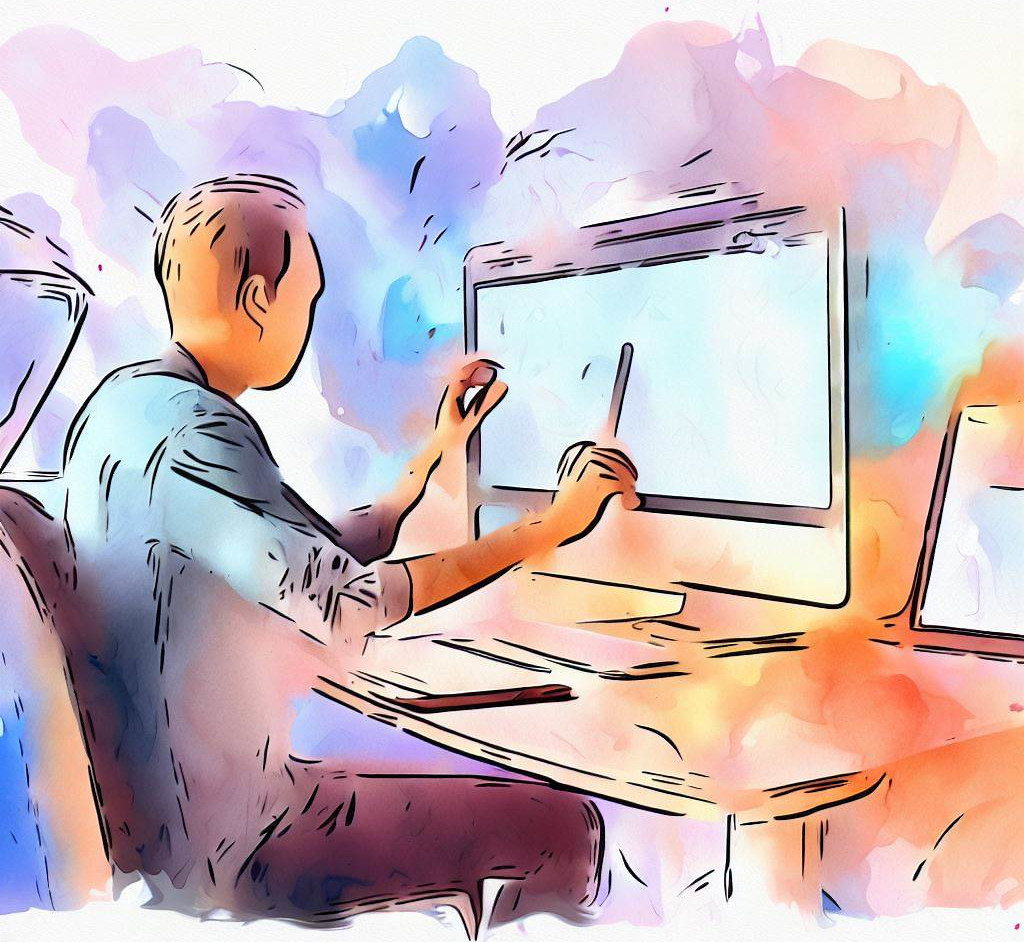When creating a digital service, there is often a rush. Often we also want user-friendly experiences where users can interact with your product without a second thought. You want to make sure that your customers can find your service, and that things go smoothly. But there may not be much time or resources available.
So—often online services end up being unnecessarily difficult to use. What exactly causes this? Well:
- Your users may not behave in the way you imagined. You have not designed the service to be used in this OTHER way, and people get stuck because the service does not seem to work.
- Your UI may have been designed with insufficient regard to well platform UX guidelines or generally proven heuristics.
- Or a small detail is simply broken, and you haven’t noticed it in all the rush.
Understanding the user’s perspective plays a critical role in creating a user-friendly product. Skipping this step is like shooting in the dark; we might hit the target, but the chances are slim.
How can you make sure that such mistakes are caught in the company before they become big problems affecting the bottom line? The most effective route to solve this is user testing. Usability testing allows you to observe how real users perform realistic tasks in your service, without interfering with their actions.
Often the observations are surprising, leading the whole development team to ignite with enthusiasm: Oh, that’s how our users experience this! Now we can REALLY build something our customers need!
My goal is to make user testing as smooth as possible for the entire development team. How do we achieve this? Let’s dive right into it!
The Power of Ease
I believe in the power of simplicity and straightforwardness, making products so easy to use that users don’t even have to think while using them. It’s about seamless navigation, intuitive controls, and clean, clear design. When we achieve this level of intuitive design, users can focus on their tasks without being hampered by the product itself.
Sometimes you want to cater to power users though. See: Product vs Framework Thinkers
Usability Testing: The Unsung Hero of Design
Usability testing isn’t something you do just once at the end of the development process. It’s a regular practice that should be weaved into the fabric of your design process.
Usability testing is usually best done early in the process of creating a new service: When the service or product concept is relatively clear, but a huge amount of resources have not yet been put into implementation. This is when usability testing provides the best value.
By doing so, we can identify and address problems early on, making them much easier to fix. Remember, it’s easier to correct the course of a moving car than a parked one.
Quick and Dirty: The Beauty of Informal Usability Testing
You might be thinking, “usability testing sounds time-consuming and expensive.” That’s where you’re wrong! You don’t need a large focus group for effective usability testing. Often, testing with a few users, or even just one, can offer some valuable insights.
An often overlooked point about usability testing is that once we have discovered an issue with the UI and know the why, for web apps we also typically can do quantitative measurements and also measure severity by looking at how often a given issue occurs. So qualitative methods (usability testing) and quantitative analysis complement one another.
Usability testing can be quick, low-cost, and informal, contrary to some popular misconceptions. We’re not aiming for perfection here; an iterative design process that moves quickly is more important. Design, test, refine, test again – this cycle ensures constant growth and improvement.
A Team Affair: Everyone Needs to See Usability in Action
I cannot emphasize enough the importance of involving the entire team in observing usability tests. When everyone sees firsthand where users struggle, they’re more likely to empathize with users and understand the importance of usability. It turns the abstract concept of “usability” into tangible experiences, fostering a user-centered mindset within the team.
Wrapping Up
By creating intuitive products and conducting effective usability tests, we can ensure that our products are easy-to-use and meet the users’ needs. Remember, a product that is straightforward to use is a joy for users and a true success for designers. So let’s keep it simple, test regularly, involve our teams, and make our products the best they can be.
Featured image generated using an LLM

